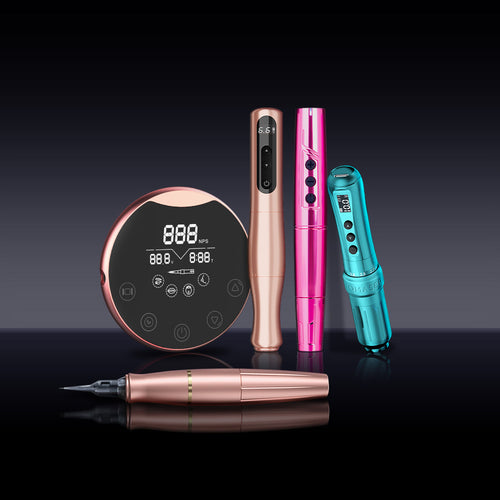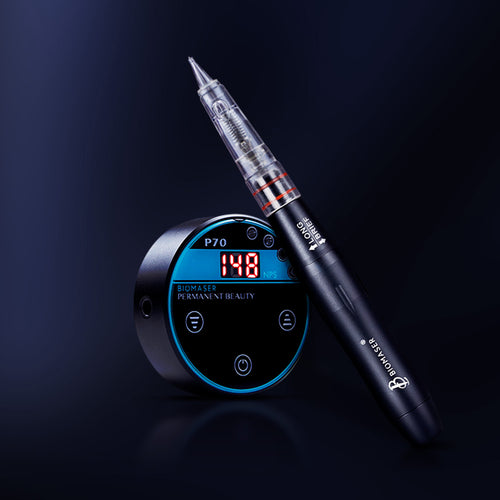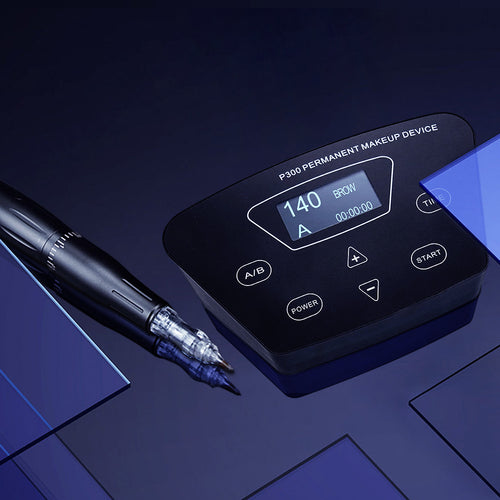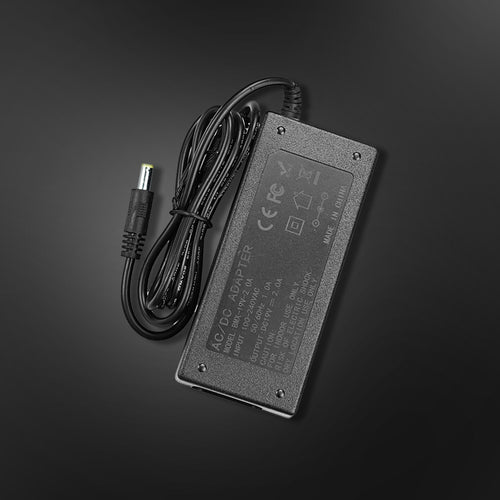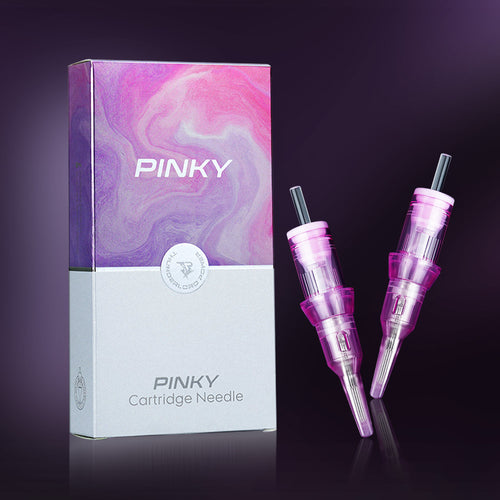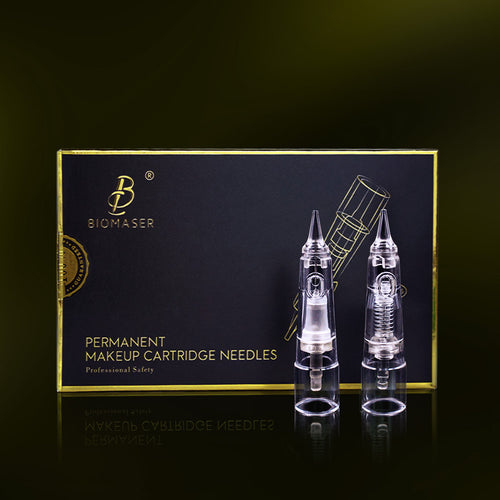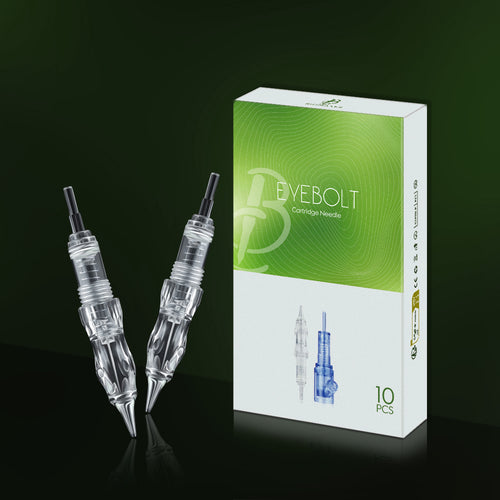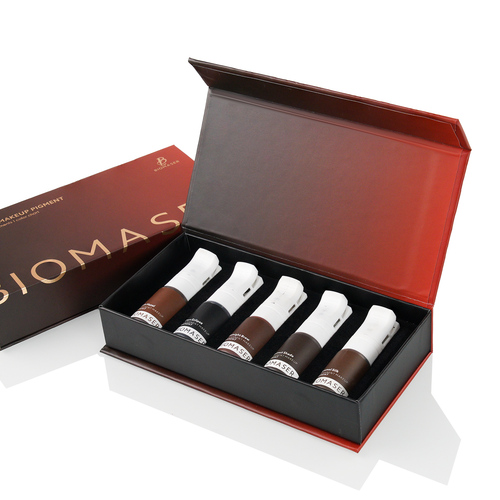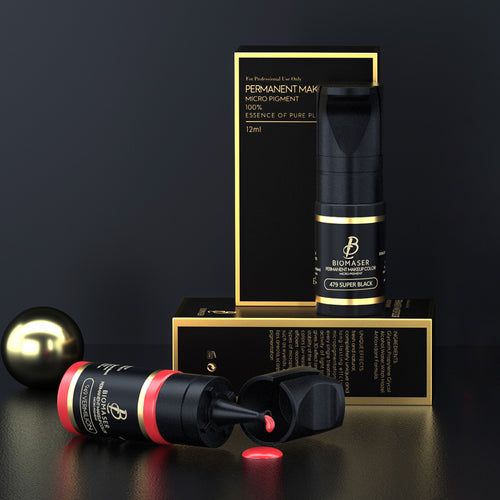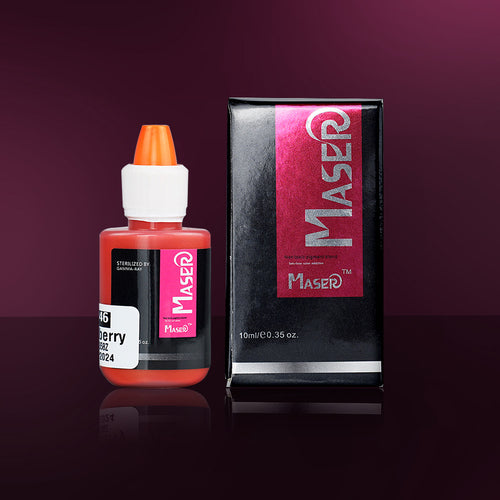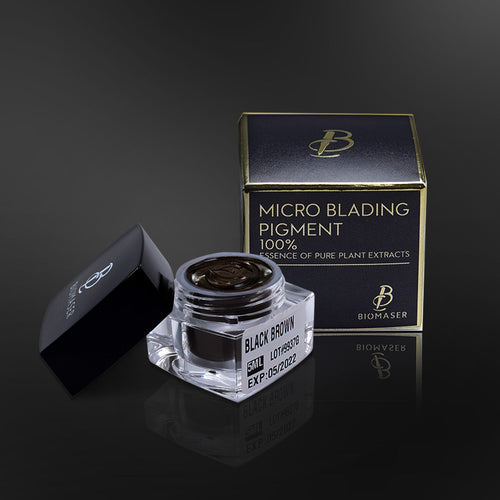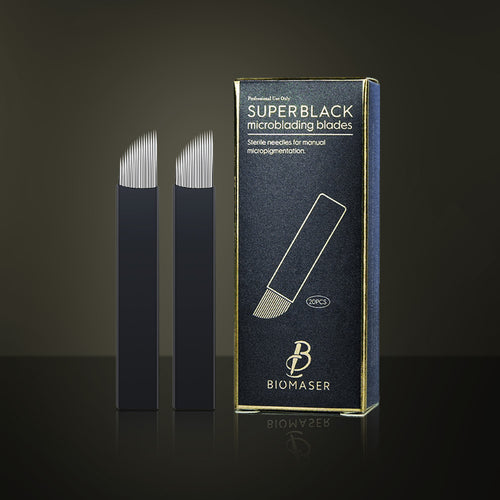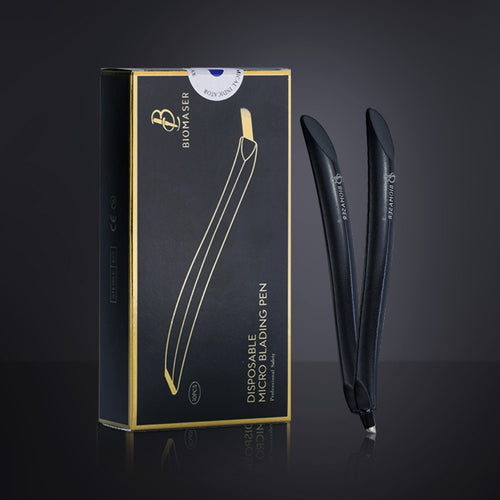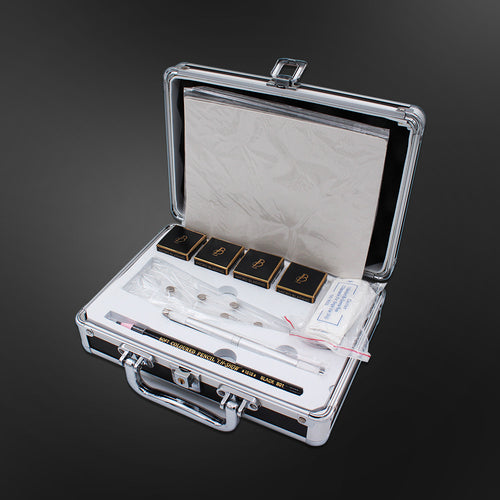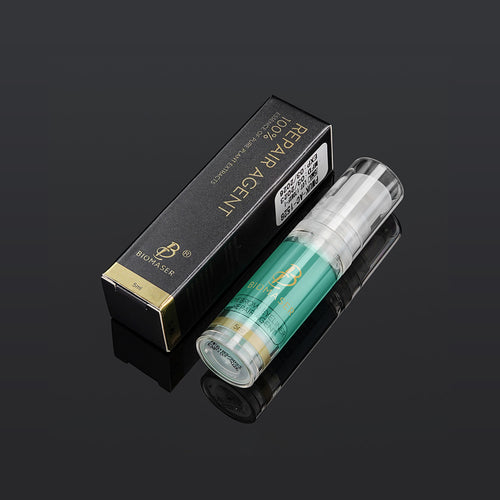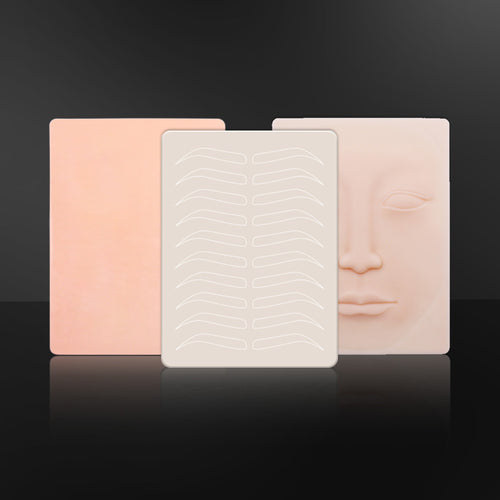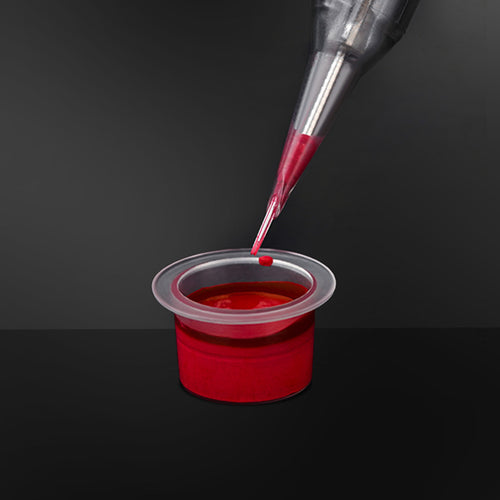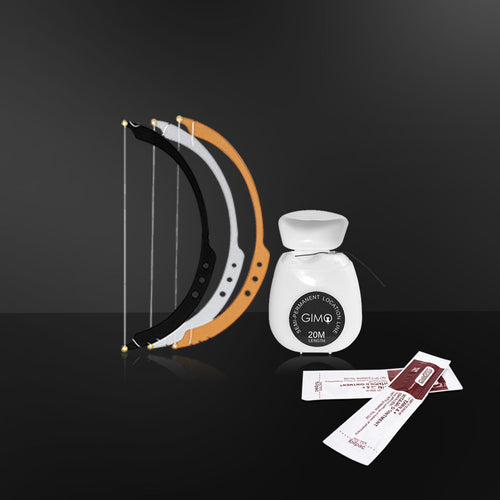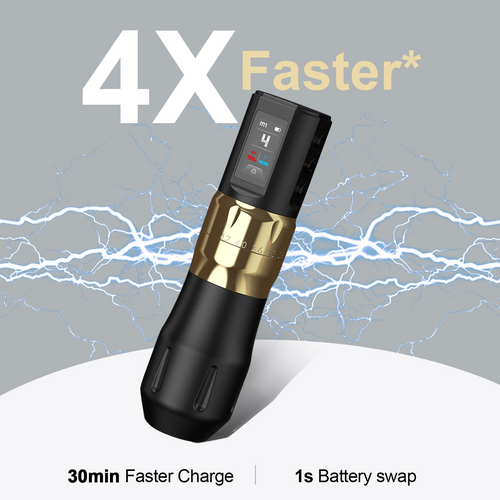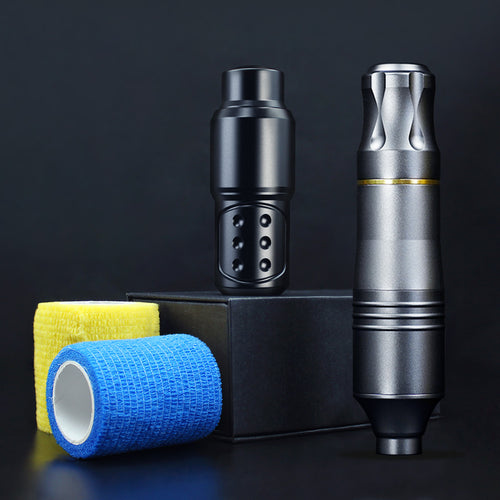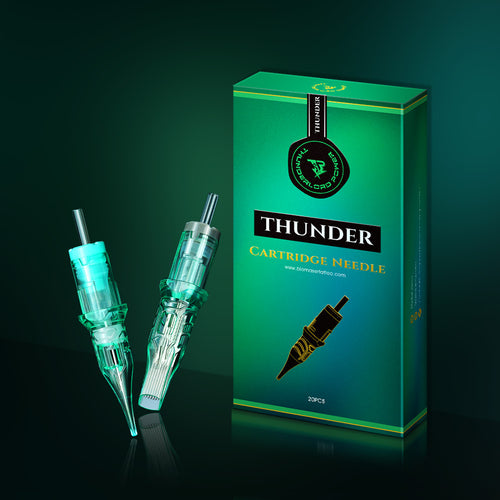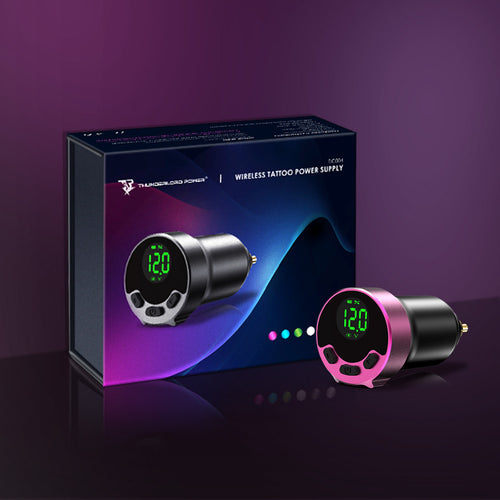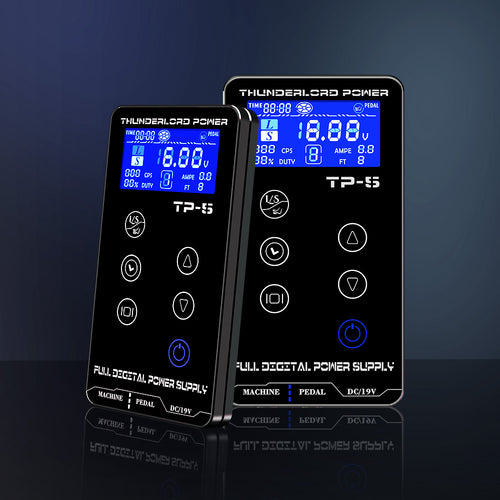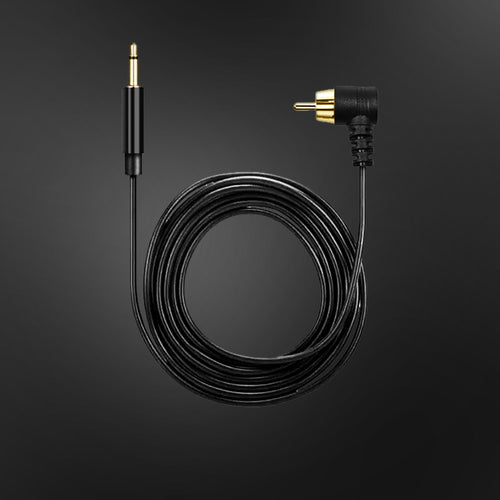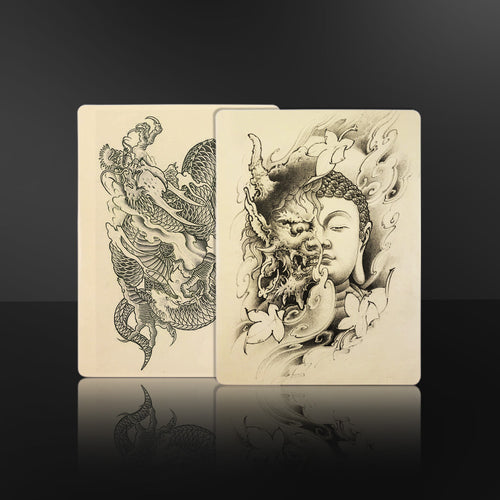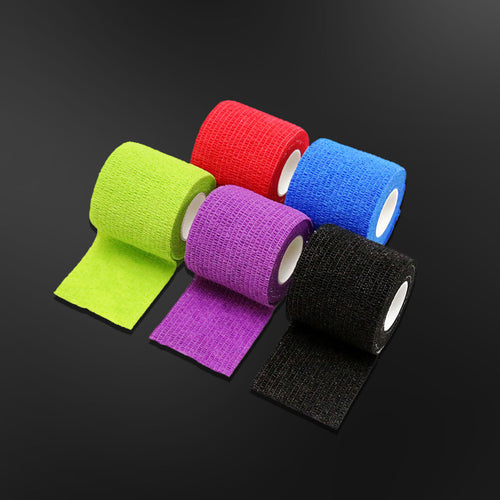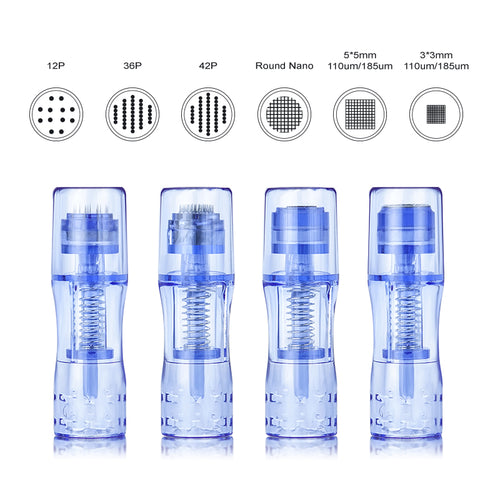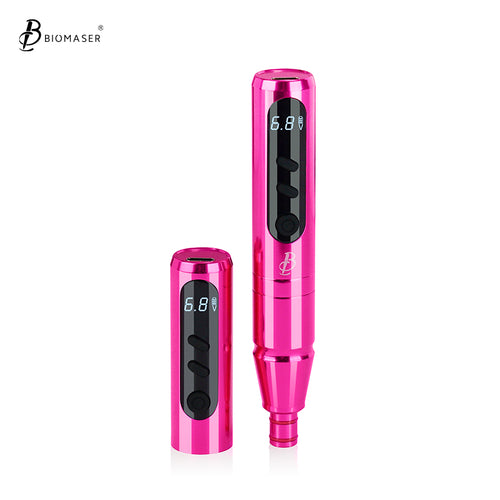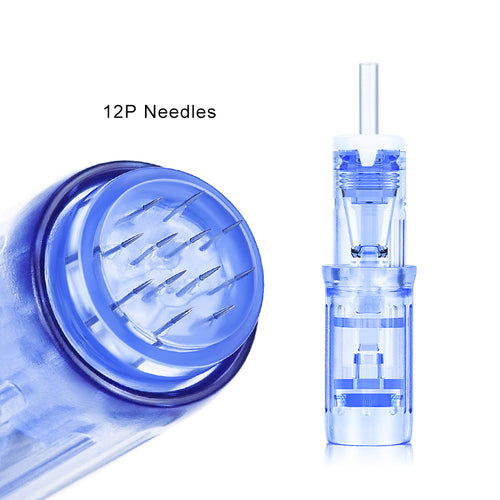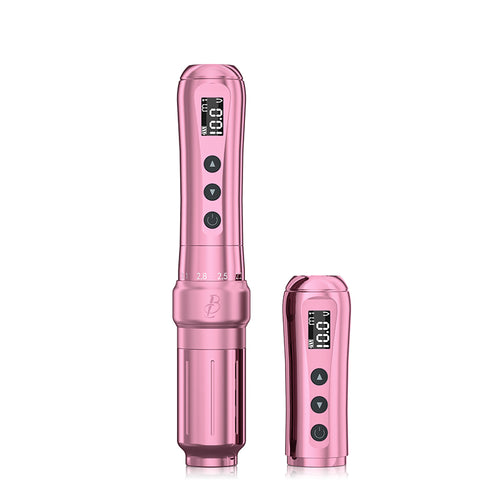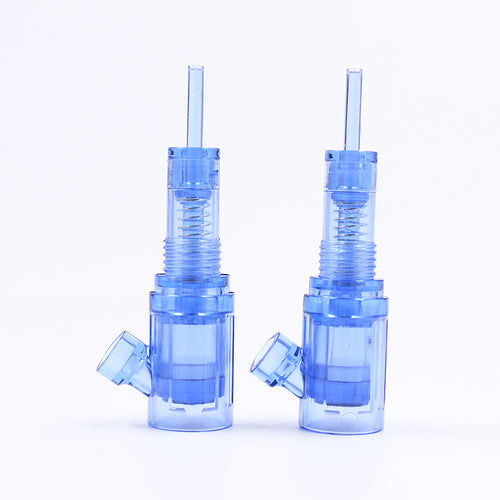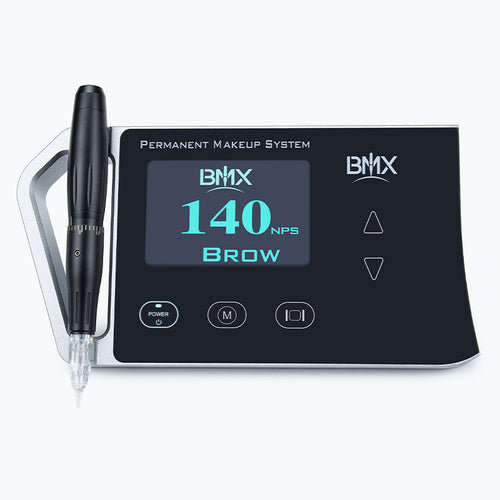How to Customize the Tattoo Machine Workspace for Ergonomics and Comfort
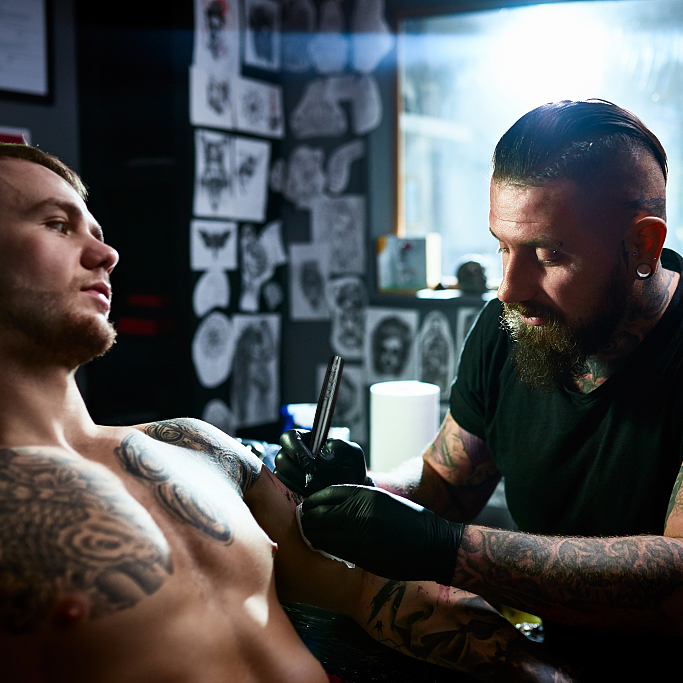
For tattoo artists, their workspace is central to honing their craft day after day. Like any repetitive task, poor ergonomics when tattooing can cause fatigue, discomfort, and even injury over time. That's why customizing the workspace for optimal comfort and stamina is so important. With a few tweaks, artists can create the perfect tattooing station tailored to their needs and work style.
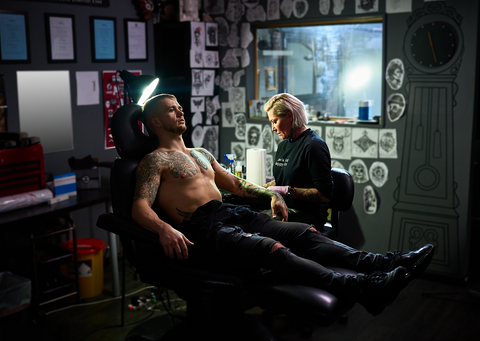
Evaluating the Current Workspace Setup
First, objectively assess the existing workspace. Examine arm, hand, and body positions used to hold the tattoo machine - are any parts strained or unsupported? Take note of any lingering muscle tiredness or aches potentially caused by poor posture. Pay attention to machine grip and position - a relaxed yet secure hold ensures control without tiring hands and fingers.
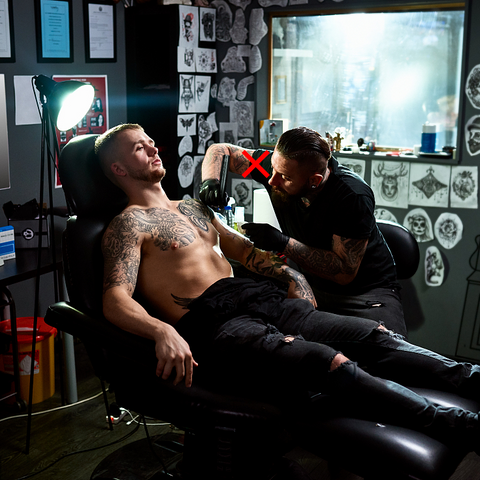
Also, consider lighting and visual access to the tattoo surface. Any eyestrain or trouble seeing detail work can impact comfort. Place key accessories like ink cups, power supplies, and disinfectants within easy reach. Identify issues to understand what needs improvement.
Optimizing Seating and Machine Position
Proper seating position helps reduce back, neck, and shoulder fatigue. When tattooing, the back should be fully supported. Adjust the seat height so the thighs are parallel to the floor and the feet rest flat. Armrests on the seat allow the shoulders to relax. Sit close enough to the machine to avoid any stretching or straining.
The machine grip and hand position also contribute to comfort. Using vice grips or adjustable hangers lets the hands hold the machine lightly versus clenching tightly. Rotate the grip slightly so the wrist remains straight. Supporting the forearm reduces tension on the hands. Adjust the machine angle so it lines up naturally with the arm, wrist, and work area.
Incorporating Support Accessories
Supplementary accessories provide physical support to boost stamina. Cushions and pillows placed against the lower back or under the butt reduce pressure. Forearm cushions prevent resting right on the workstation edge. A footrest encourages better posture. Anti-fatigue floor mats cushion prolonged standing.
For the hands and wrists specifically, using saddle stool armrests or wrist braces maintains stability and alignment. Finger rests attached to the machine also take pressure off the hands. Supports take the strain off the body so artists can work longer comfortably.
Enhancing Comfort Factors
Comfort extends beyond physical positioning - environmental factors like sound, lighting, and temperature help maximize comfort. Integrating a music system creates a soothing auditory backdrop. Position lights close to the workspace without glare. Stay cool with fans or heaters. Sip water from cup holders nearby so hydration is easy.
Have supplies like ink and gloves within arm's reach. Store excess tools, cords, and equipment out of the way in drawers, cabinets, or on shelves. The workspace should feel organized and clutter-free. Taking breaks to stand and stretch further prevents stiffness and strain.
Maintaining the CustomWorkspace
Like any workspace, assess and adjust the setup regularly. Artists may tweak the chair height, arm position, or machine grip if anything feels off. Supplies will need restocking and surface occasional cleaning. Any worn accessories like cushioning or mats require replacing. Upgrading old furniture improves ergonomics and comfort.
Storing items outside of the main workspace preserves that optimized feel. Do a weekly tidying to avoid mess buildup, which causes hunching and twisting. Keeping the custom station organized takes a little upkeep but maintains its purpose.
Benefits of a Customized Tattoo Workspace
With a strategically customized workspace, artists gain huge benefits that directly translate to their work. The ideal alignment of the body reduces strain and fatigue buildup. Artists can tattoo longer with less general aches and pain. Hand, wrist, and finger fatigue diminish with proper support. Back, neck, and shoulder issues are less likely.
The reduction in physical discomfort means artists can fully concentrate on their tattooing rather than constantly adjusting due to cramps or numbness. Their hand steadies, and linework smoothens. Less fatigue equals higher quality work. Customization ultimately allows tattooers to do their best art comfortably.
An optimized workspace also lowers long-term injury risks like tendinitis or carpal tunnel syndrome. Good alignment lessens inflammation and damage. Artists gain longevity in a career requiring consistent precision motor skills. Their custom station provides a safe zone to create in.
Conclusion
Like a custom tattoo design, a personalized workspace tailored to an artist's needs gives them an advantage. Evaluating current ergonomics, incorporating proper supports, and optimizing comfort allow tattooers to reduce fatigue and prevent injury. A strategically customized station helps elevate their art by enabling them to work comfortably for hours. When setting up their key creative space, tattoo artists should make comfort and ergonomics a high priority.
